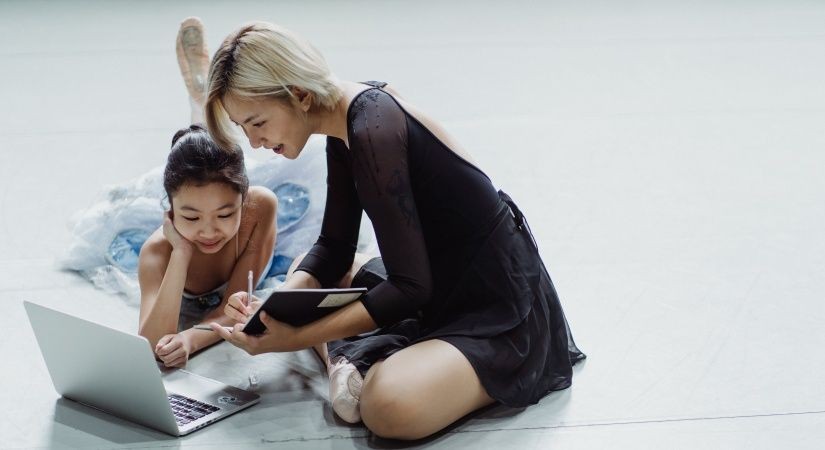
Monday, 20 January 2025
Nagaland's Imnainla Jamir honoured with 'National Youth Icon Award'

Tuesday, 24 December 2024
‘World’s Most Intrepid Twins’ Break World Altitude Record Flying Over The Alps at 8,000-ft in Electric Paraglider
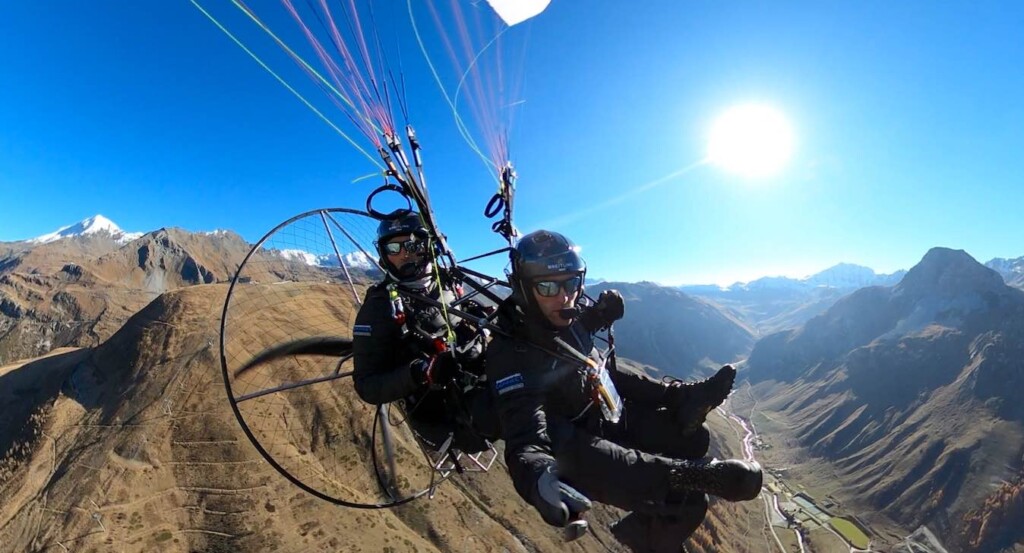 Ross and Hugo Turner attempting to break a record, flying a paraglider-style aircraft at 10,000ft in the French Alps – via SWNS
Ross and Hugo Turner attempting to break a record, flying a paraglider-style aircraft at 10,000ft in the French Alps – via SWNS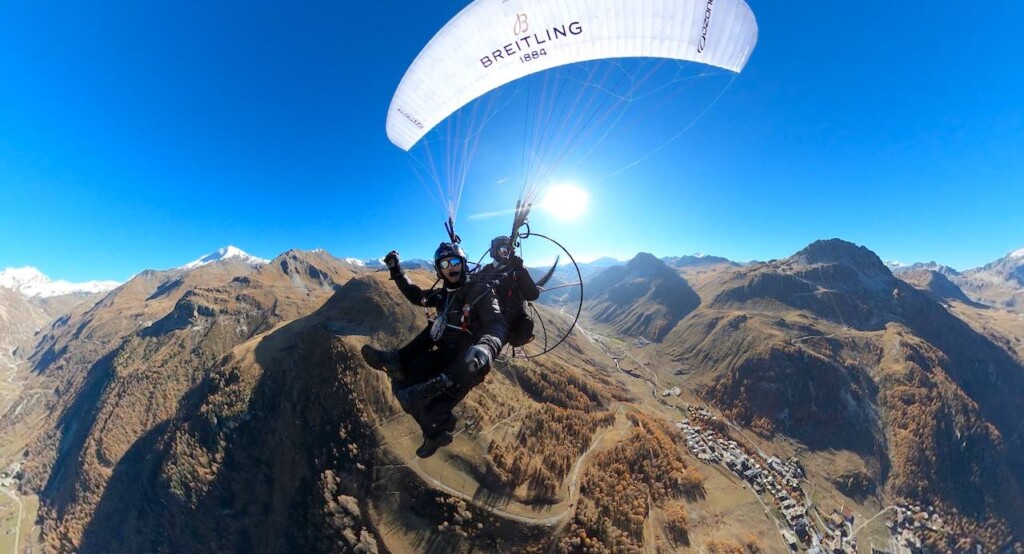 Ross and Hugo, the Turner Twins, on a para-motor flying over French Alps breaking altitude record – via SWNS
Ross and Hugo, the Turner Twins, on a para-motor flying over French Alps breaking altitude record – via SWNS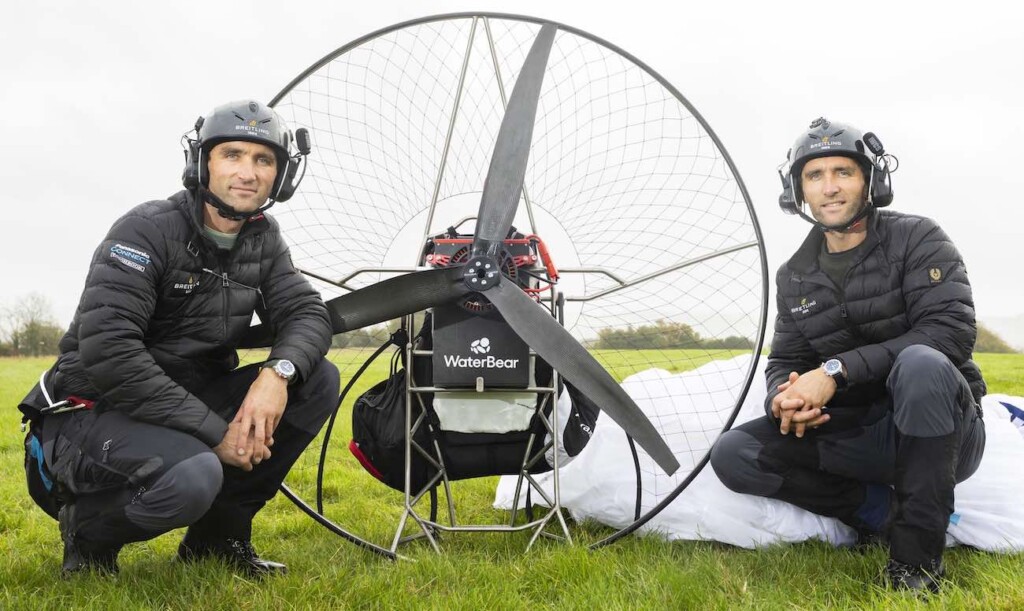 The Turner Twins making final preparations for a world altitude record in a tandem electric paramotor – SWNS
The Turner Twins making final preparations for a world altitude record in a tandem electric paramotor – SWNSFriday, 13 December 2024
Teenage prodigy Gukesh D defeats Ding Liren to become youngest world chess champion
Eighteen-year-old Indian prodigy Gukesh Dommaraju has become the new world chess champion, winning the final game of the title match after a dramatic blunder from the reigning champ, China’s Ding Liren.
Gukesh is now the youngest world champion in chess history, and the first Indian to hold the title since Vishwanathan Anand lost it to Magnus Carlsen in 2013.
Ding was gracious in defeat, saying
Considering [my play], it’s a fair result to lose in the end. I have no regrets. I will continue to play, and I hope I can show the strength like this time.
For Gukesh, the victory fulfilled a childhood dream. At the age of 11, in a video clip that later went viral, he told an interviewer “I want to be the youngest world chess champion.”
In a post-match press conference, Gukesh said spotting Ding’s blunder “was probably the best moment of my life”.
The road to the title
Ding became world champion in 2023 after an unlikely journey. He almost missed qualifying due to COVID lockdowns in China, and even then only made it into the championship match when Russian grandmaster Sergey Karjakin was disqualified over his support for Russia’s invasion of Ukraine.
Ding is renowned for his kind demeanour and defensive skills, having once achieved a record-breaking 100-game unbeaten streak. However, after defeating Ian Nepomniachtchi to claim the champion’s title in 2023, he struggled both on and off the board. Plagued by fatigue and depression, he dropped to 23rd in the world rankings.
In stark contrast, Gukesh has been a force of nature in 2024. He led the Indian team to an historic gold medal at the biennial Chess Olympiad, personally achieving a performance rating of 3,056 – the highest at the event, winning the gold medal on the top board.
Drama on the board
The championship match – a series of 14 games held in Singapore and sponsored by Google – was marked by twists and turns. Ding was regarded as the clear underdog before play began, but he set the tone for tense battle when he pulled off a shock victory in game 1, playing black. In chess, the player with the white pieces has an advantage, so when games at the top level are not drawn it is usually the white player who comes out ahead.
Before game 14, Ding and Gukesh were tied with two wins each. It was widely expected the game would be a draw, setting the scene for a round of high-speed games to break the tie.
When the game began, Ding – playing white – achieved a small advantage out of the opening, but was unable to capitalise on it and instead settled for a technically equal endgame.
However, after four hours of play, just as the game seemed destined for a draw, Ding made a catastrophic blunder, handing Gukesh a decisive advantage.
On his 55th move, Ding offered a trade of rooks, attempting to simplify the position and steer the game towards a draw. However, this offered an opening for the young challenger to also trade off the remaining bishops and reach a winning king-and-pawn endgame. In the process, he secured his place as the 18th world chess champion.
Elite commentators such as former world champions Magnus Carlsen and Vladimir Kramnik and grandmasters Fabiano Caruana and Hikaru Nakamura criticised the quality of play throughout the match, with both players missing several key opportunities.
Following the final game, Carlsen labelled Ding’s fatal mistake “one of the worst blunders we’ve seen in a world championship.” Because the final position is a textbook chess endgame studied by all grandmasters in their youths, many expressed shock at the abrupt and anticlimactic conclusion to the sport’s most elite contest.
Yet the sheer drama of the three-week match, with its high stakes and emotional rollercoasters, kept millions of fans riveted across the globe.
The Carlsen question
Hanging over the world chess championship is the presence of 34-year-old Norwegian Magnus Carlsen, widely regarded as the greatest chess player of all time. (Disclosure: I once played a drawn game with Carlsen, at the 2016 Chess Olympiad.) In 2022, citing a lack of motivation, Carlsen relinquished the title of world champion.
However, Carlsen continues to play chess, and he is still number one in the International Chess Federation (FIDE) rankings. His presence casts doubt on the idea that the winner of the championship is “the best player in the world”.
Gukesh’s victory, while historic, doesn’t resolve this debate. With a chess rating of 2,777 after this match, he will remain outside the world’s top three by rating. (Chess ratings are based on the Elo system, a complicated method for calculating the relative skill levels of players based on their previous wins and losses.)
Remarkably, he is not even the highest-rated Indian. His 21-year-old compatriot, Arjun Erigaisi, is rated 2,801.
Yet Gukesh’s win may signal something larger: a generational shift, and the emergence of a new star in the chess universe.
In his post-match press conference, Gukesh acknowledged that “becoming the World Champion doesn’t mean that I’m the best player in the world – there’s obviously Magnus”.
Carlsen himself remarked that Gukesh had shown the potential to “establish himself as the number-two player in the world”, before adding “and who knows, maybe in the not-too-distant future, the number one”.
What’s next for chess?
The triumph of the 18-year-old Gukesh represents the dawn of a new era. His victory also underscores the growing influence of India – the gold medallists for both the Open and Women’s competitions at the recent chess Olympiad – in global chess.
For Ding, the defeat is a heartbreaking end to a short, challenging reign. Yet his resilience in reaching this stage, despite his personal struggles, has not gone unnoticed by fans around the world.
The championship itself, as a showdown between players from China and India – two nations with over a billion people each – has captured global attention and highlighted the game’s surging popularity. Chess has experienced a renaissance in recent years, fuelled by the pandemic-induced shift to online play and pop-culture events such as the Netflix drama The Queen’s Gambit.
Platforms such as Chess.com and Lichess have turned the game into a spectator sport, with live commentary from grandmasters such as Carlsen and Nakamura drawing huge audiences. For India, Gukesh’s victory could ignite a new wave of chess enthusiasm, cementing the country’s status as a rising superpower in the game.
As chess fans celebrate the rise of a prodigy, the future of the sport looks brighter than ever.![]()
David Smerdon, Assistant Professor, School of Economics, The University of Queensland
This article is republished from The Conversation under a Creative Commons license. Read the original article.
Friday, 6 December 2024
‘World’s Most Intrepid Twins’ Break World Altitude Record Flying Over The Alps at 8,000-ft in Electric Paraglider



Wednesday, 2 October 2024
World youth unemployment rate lowest for 15 years: UN

Tuesday, 9 July 2024
Teens and screens

Thursday, 6 June 2024
Teens and screens
Friday, 17 May 2024
Iowa Teen Has Donated 7,000 Pounds of Produce from Her Own Garden to Food Banks: ‘A really good feeling’
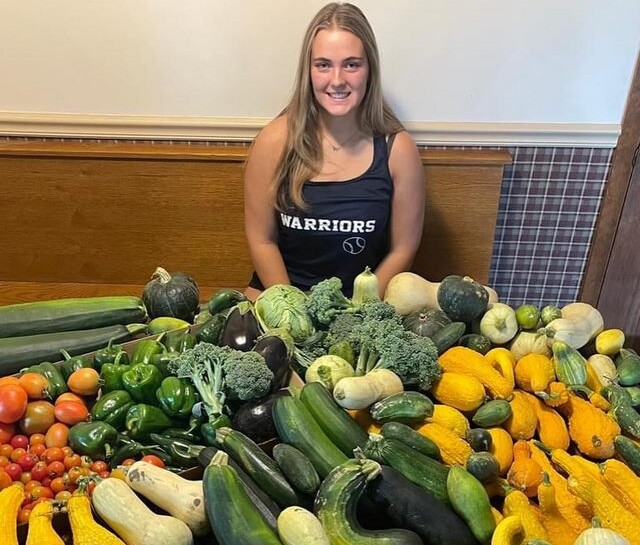
Thursday, 25 April 2024
At Just 19, Runner with Down’s Syndrome Makes History as the Youngest Impaired Person to Finish the London Marathon
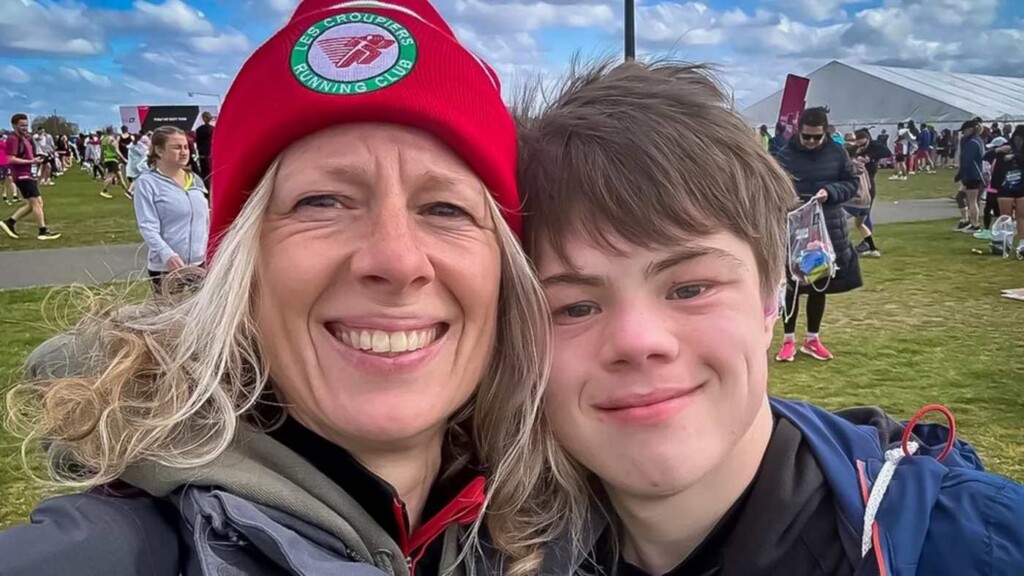
Tuesday, 16 April 2024
Teen with Incredibly Rare Genetic Condition is Cured in World First By British Doctors
 Kai Xue with her mom and team members from University Hospitals at North Midlands – NHS Trust via SWNS
Kai Xue with her mom and team members from University Hospitals at North Midlands – NHS Trust via SWNSMonday, 1 April 2024
More than one alcoholic drink a day raises heart disease risk for women
Monday, 12 February 2024
‘Do I have to get it in writing?’ Even with compulsory lessons, some teens are confused about how consent works
 Tirachard Kumtanom/Pexels, CC BY
Giselle Woodley, Edith Cowan University and Lelia Green, Edith Cowan University
Tirachard Kumtanom/Pexels, CC BY
Giselle Woodley, Edith Cowan University and Lelia Green, Edith Cowan UniversityConsent education has been mandatory in Australian schools since 2023.
Amid growing public understanding we need to reduce sexual violence and teach young people about healthy relationships, consent is now part of the national curriculum until Year 10.
But is this education working?
Our research with teens suggest some young people are not coming away with an adequate understanding of consent or how to use it in their relationships.
What is consent education supposed to involve?
Before 2023, consent was taught at the discretion of each school as part of relationships and sexuality education classes. The Morrison government announced age-appropriate consent lessons in 2022, to start in the first year of school.
The aim is to teach students about the importance of consent, ensuring they understand it is an ongoing agreement between individuals. This means consent needs to be actively sought and freely given.
It is still largely up to individual schools to work out how they teach the material.
 Consent education is now a compulsory part of Australia’s National Curriculum. Wendy Wei/Pexels, CC BY
Consent education is now a compulsory part of Australia’s National Curriculum. Wendy Wei/Pexels, CC BYOur research
This research is part of a broader study of young people’s perceptions of online sexual content and experiences of relationships and sexuality education.
For our research, we have spoken to 46 Australian teens (aged 11-17) through a mix of interviews and focus groups. The interviews were done between 2021-2023 and the focus groups were held in December 2023.
As part of this, we asked interviewees what they learned about consent at school. The comments in this article were made after consent education became compulsory.
‘Nothing’ about how to speak to peers
While some young people told us their schools had over-emphasised consent – “like they’ve gone through everything” – other interviewees found the lessons difficult to apply in their lives. As one focus group participant (in a group of mixed genders, aged 14-16) explained:
[Young people are] taught in a basic stereotypical movie way like ‘no’, ‘stop that’, but they don’t actually teach, like, real-life situations.
Lauren* (14) added young people were only taught “if you didn’t want to have sex, then just say no”. As she explained, teens need more practical advice on how to respond to potential partners. This includes:
more focus on examples of other people asking for sex and what [to] do if you were asked to have sex with someone [or] on how to say ‘no’.
Another participant (from a focus group of mixed-genders, aged 14-16) noted how saying “no” was more complex than what school lessons suggested and teens could be taught how to advocate for themselves:
Especially for non-confrontational people ‘cause my friend, [a] creepy guy was being really weird to her, and she wouldn’t say anything about it ‘cause she’s so nice and other people had to step up for her because she wouldn’t tell him that she didn’t want it.
 Interviewees said they wanted more advice on how to handle real-life situations around consent. ArtHouse Studio/Pexels, CC BY
Interviewees said they wanted more advice on how to handle real-life situations around consent. ArtHouse Studio/Pexels, CC BY‘We don’t want to get in trouble’
Interviewees told us how consent is often discussed within the context of unwanted sex and sexual assault, or as Tiffany (15) explained “all the negative things”. This may contribute to fears about sexual activity.
Young people also saw consent as a means to avoid “getting into trouble”, rather than checking the comfort and willingness of their sexual partners. As Warren (17) told us:
My friend group that I hang out with, we’re very big on consent. That’s because we’ve heard of cases where people might not have got consent, then they’ve got in trouble because of it […] we don’t want to get in trouble for doing the wrong thing […]
In response to discussions about affirmative consent laws, and the need to demonstrate consent has been sought and given, Warren continued:
I don’t know how I’d go about getting it every time, like, if I just invited a girl over [do] I have to get it in writing or something?
He added he and his friends were thinking about having partners sign a form during their end-of-school celebrations:
if we bring girls back, we want them to sign a consent form or something like that. That’s an idea we had.
There are several issues with teens thinking they need a written form for sex. Not only is it transactional and impractical, it could create an idea someone is not “allowed” to withdraw consent at any time. It also presents consent as a simple box-ticking exercise for “yes” or “no”, when it should be based on mutual respect and care, as part of an evolving discussion.
Going beyond consent
We only interviewed a modest sample of students from Perth. But our study feeds into other research suggesting “consent” in itself may not stop or prevent sexual violence. That is, even if one partner says “yes” it does not mean the sex is free from coercion or is pleasurable.
Other Australian studies have found young people can demonstrate high levels of knowledge about consent but may not know how to apply it.
This suggests young people need more skills and knowledge than simply being told to “seek consent” – a low bar for ethical sex. Consent education also needs to explore communication skills, self-confidence, pleasure, love and relationship dynamics: all topics teens tell us they want to learn about.
This should not be taken as a criticism of passionate, hardworking teachers and schools. But it suggests they need more support and training to provide consent education in ways young people can actually use.
*names have been changed.
Imogen Senior from Body Safety Australia, Gracie Cayley from the Kids Research Institute, Associate Professor Debra Dudek and Dr Harrison W. See from Edith Cowan University contributed to the research on which this article is based.![]()
Giselle Woodley, Researcher and PhD Candidate, School of Arts and Humanities, Edith Cowan University and Lelia Green, Professor of Communications, Edith Cowan University
This article is republished from The Conversation under a Creative Commons license. Read the original article.


